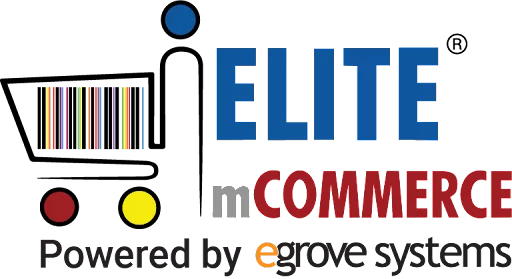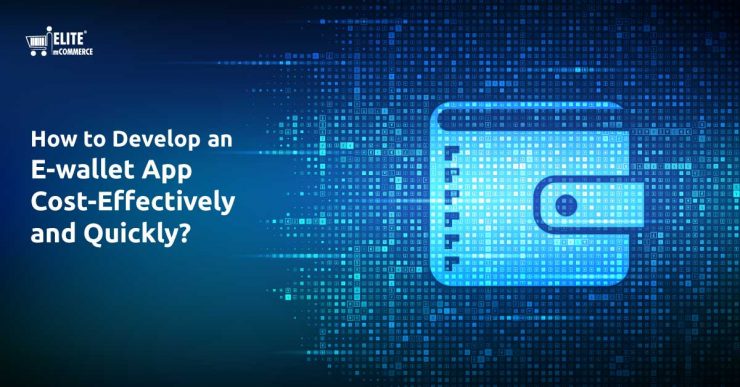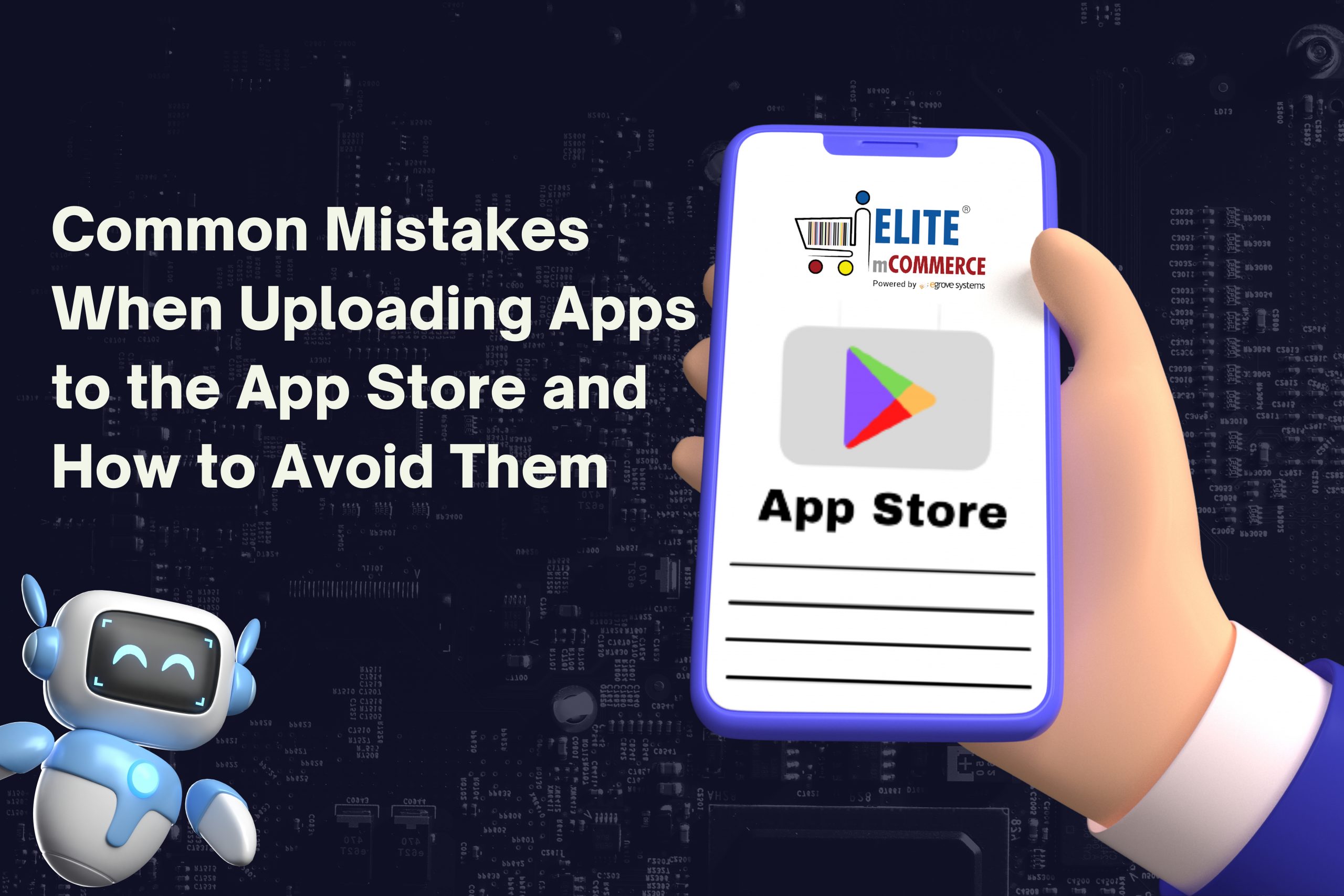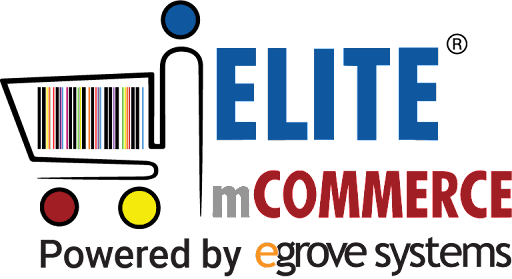The digital wallet is one of the biggest and most popular innovations in the financial sector. With convenience and ease of use in mind, people choose these e-wallets for payments in retail stores or when buying online. However, creating a digital wallet mobile app is quite time-consuming and complex. It’s no longer about creating an arbitrary app that you can use to pay, it has to work with a smart user interface.
Building an e-wallet app is about designing a full-fledged mobile application that can reliably perform a variety of tasks. Large and reputable companies like Apple have a team of professional developers responsible for developing and managing e-wallet apps. This team consists of graphic designers, QA engineers, and professional backend developers, and may vary based on the customer’s requirements. So, are you planning to develop an e-wallet mobile app within your budget? Then you have come to the right place, “Egrove”!
This post lists the steps to develop an e-wallet application safely and at a minimal cost, let us review.
Start with a Market Audit
Conducting a market audit is the first step in creating a seamless and competitive mobile app. It gives you deeper insights into the current market, its performance, who your competitors are, what strategies they have implemented, and other information. Competitive analysis is very important. It shows you what your customers need and what you can do to make your mobile app perfect. Always put yourself in your customers’ shoes before developing an e-wallet application.
Security First
Launching a mobile wallet app requires sharing of your confidential data, much like opening a bank account that prompts mandatory sharing of personal and sensitive information. Of course, any user will want to download an e-wallet app with robust security features.
User security depends on the integrity of the app and the security features you have integrated into the e-wallet. The developer is responsible for ensuring that the user’s data is safe. This security is achieved by deploying a two-factor authentication and a biometric system that protects the data and prevents any security breaches even if the e-wallet app is accessed on multiple devices.
Read also: Why your Mobile App Should Support all Payment Types
Transaction Receipt
After a transaction is complete, the user needs some form of confirmation that the transaction has been completed successfully. Luckily, the latest e-wallet applications are developed with the needs of the users in mind. These apps send users notifications about the status of transactions in the form of emails or SMS. A transaction receipt is mandatory as it lets people know if the money was sent or received successfully or if it failed for some reason. This feature makes digital e-wallet apps unique and trustworthy.
E-wallet Laws and Regulations Compliance
As you progress toward global regulatory compliance, keep in mind that an app provider must collaborate with applicable local and global banking laws and regulations, as well as relevant e-commerce laws and regulations. This will ensure a successful digital wallet development experience improves coherence of an application, lowers risks even when transacting online. It is just as important to have an experienced team that understands banking regulatory frameworks and procedures as it is to have an experienced developer. This ensures transaction transparency.
Hire a Reputable Mobile App Development Team
An eWallet app differs from other apps because it requires robust security and transparent features. Users must trust the app before signing up. You should work with a professional and trustworthy application development team to create an e-wallet application specially designed to help people to conduct online transactions smoothly.
Select a Platform
You can create an e-wallet app for Android, iOS, Linux, and other platforms. Cross-platform apps are also increasingly popular these days. All mobile devices support these e-wallet apps. In fact, some apps are compatible with all devices.
Building UI and UX
User interface and user experience are the two important parts of a great mobile app. An e-wallet app is no exception. Users should get a smooth browsing experience when checking out your app. They should be able to send money, check their transaction history, check top-ups and other payment options, and use other features efficiently. UI and UX have a significant impact on app development costs.
The more features you integrate into the app, the higher the cost. You can add multiple features including top-ups, discounts, or third-party integrations. The type of features you want to add to the app depends on your goals. Some eWallet apps support POS integration. These applications work well with point of sale software applications.This means you can pay at your POS by allowing your customers to scan the e-wallet QR code at the point of sale.
Average Cost of Mobile App Development
Mobile app development costs vary depending on the type of features you want to integrate into the app. For an eWallet app, the cost is typically around $45,000, although it can be lower or higher depending on the features added. The cost also depends on the equipment. Usually, people outsource mobile app development to third parties. If you hire an external team, they may bill by the hour.It is better to discuss development costs before hiring app developers.









Add comment